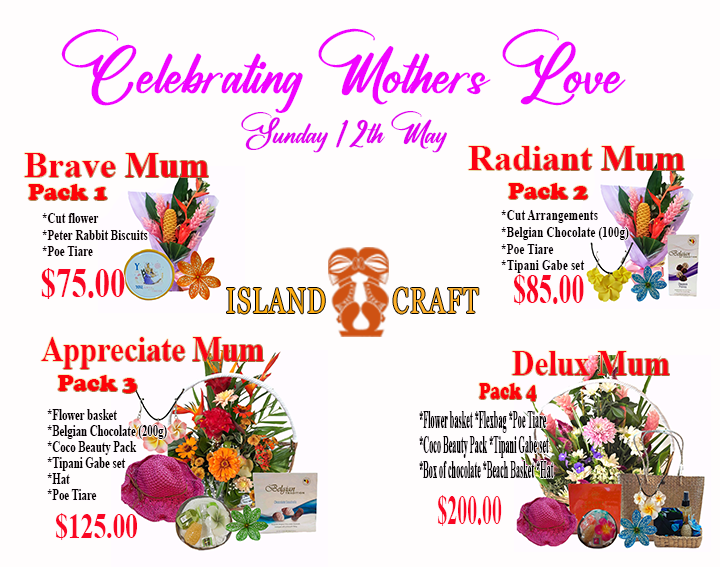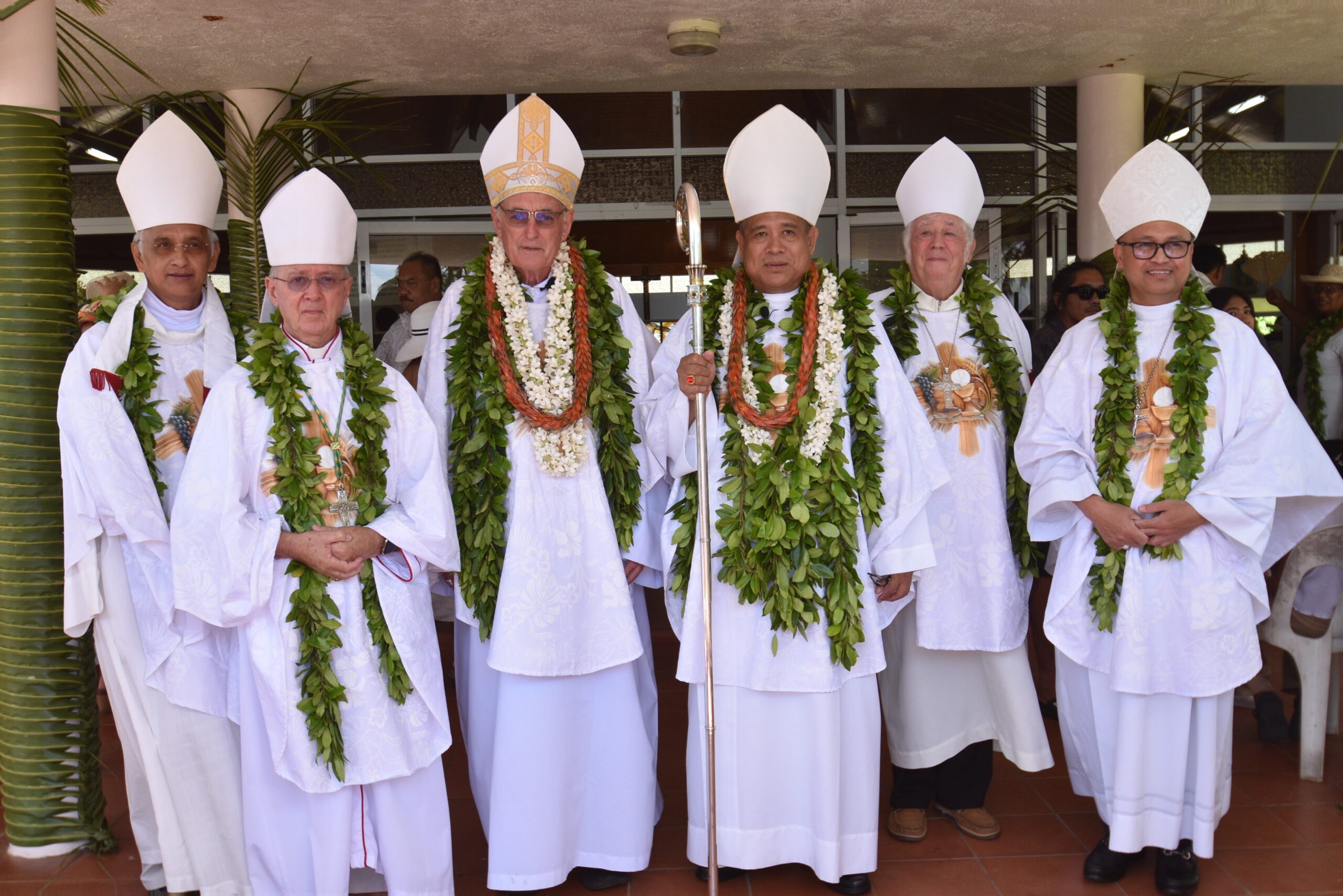Aquaponics expert Dr Wilson Lennard shares his theory on the benefits of the Rarotonga experiment tagged Te Raurauo te Kaingavai, or the green living water garden.
I have spent the past four months living and working in beautiful Rarotonga on a project funded by Pacific Islands Trade and Invest and NZ Aid to introduce aquaponic technology to the Pacific Islands as an alternative farming system.
Adam Denniss of PT&I contacted me almost three years ago to ask me if I believed this technology, which I have worked with for the past 12 years, would be an appropriate approach to food production in the Pacific Islands. I answered a resounding Yes! He then went on to say Why?
I began my answer by explaining to Adam what aquaponics was. Aquaponics is the combined production of both fish and edible plants in the one aquatic production system.
Basically, it is the marriage of existing and established tank-based fish farming and hydroponic plant farming. The fish are kept in large tanks of freshwater and are fed a daily fish feed ration and of course, produce waste. Fish actually produce the vast majority of their waste (approximately 80%) not as solids (or fish poo), but as gases that are released from the fish across their gills where the wastes then directly dissolve into the water.
In normal aquaculture, these wastes quickly build up in the water and so a proportion of the tank water must be exchanged daily to account for this build up. However, in aquaponics, we recognise that these fish wastes are actually perfect plant food (or nutrients). Therefore, by simply adding a hydroponic plant production component to the fish tanks and system, we can use plants to take up these fish wastes and clean the water. The outcome is two edible crops (fish and plants) from the one single production system.
The advantages of the aquaponic approach are many:
1. Two crops are produced from the one input source (fish feed).
2. No nutrients are wasted and all the nutrients that are added to the system only leave in two ways; as edible fish and plants.
3. There is no need to release any waste waters, so there is no direct environmental impact.
4. The system perpetually uses the same water and shares this water between the fish and the plants, making aquaponics the most water efficient production system in the world.
5. There is no requirement for soil (for growing plants), so the system may be located wherever it is needed.
6. It may be easily adapted to renewable energy sources suchas solar, wind and biogas; making independent of the main electricity supply.
7. It is a simple system to operate, with only a few daily management tasks required.
So, why is this needed for the Pacific Islands?
Food security has been identified as one of the largest challenges to the Pacific Islands region. This is principally because good quality soil is not available on many smaller islands, and on the larger islands the use of modern fertilised, soil-based farming is having environmental impacts on freshwater supplies and surrounding marine environments. This means that many Pacific Islands rely on imported food to varying degrees.
On sand-based and coral-based islands, aquaponics offers food production in an environment with little soil resource and soils with little nutrient reserve. In addition, on these smaller islands, freshwater can be very scarce and so must be used as efficiently as possible.
Freshwater is a valuable commodity and needs to be effectively and efficiently used so that reserves are always available and sources do not become contaminated. Aquaponics offers the most water efficient farming approach in the world and can use water up to 90% more efficiently than soil-based farming.
Pacific Islands’ marine environment is usually aquatically linked to the land-based freshwater environment; water tables and streams usually discharge in some manner to the marine environment. Because aquaponics strives to contain all the nutrients in a closed loop system and doesn’t release any of that water or nutrients, it offers an alternative to produce food without any associated environmental impacts that traditional soil-based farming may cause.
So, aquaponics offers what the Pacific Islands need and something that all islands leaders are calling for – clean, environmentally friendly food production, with little, if any environmental impacts and a pathway towards tackling the food import substitution issue. It is my belief that the Pacific Islands could show the world that environmental food production is completely possible and that they could become global leaders in aquaponic technology usage and information transfer.









































